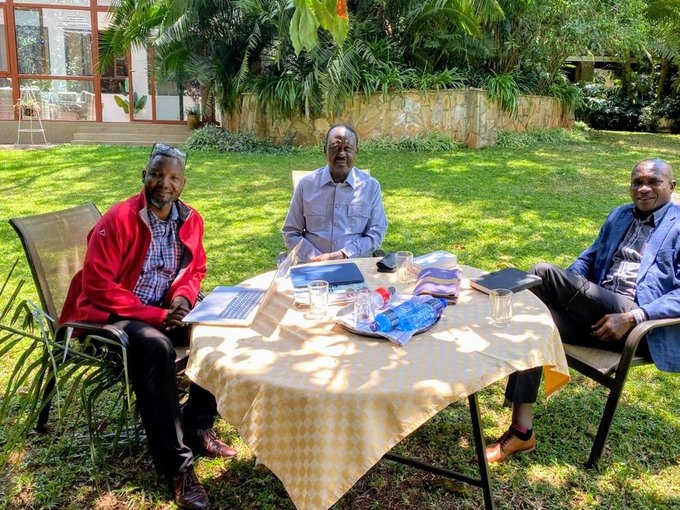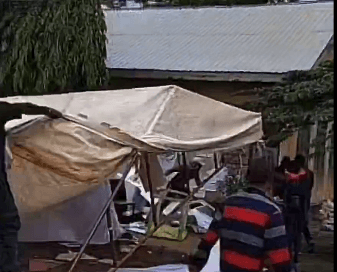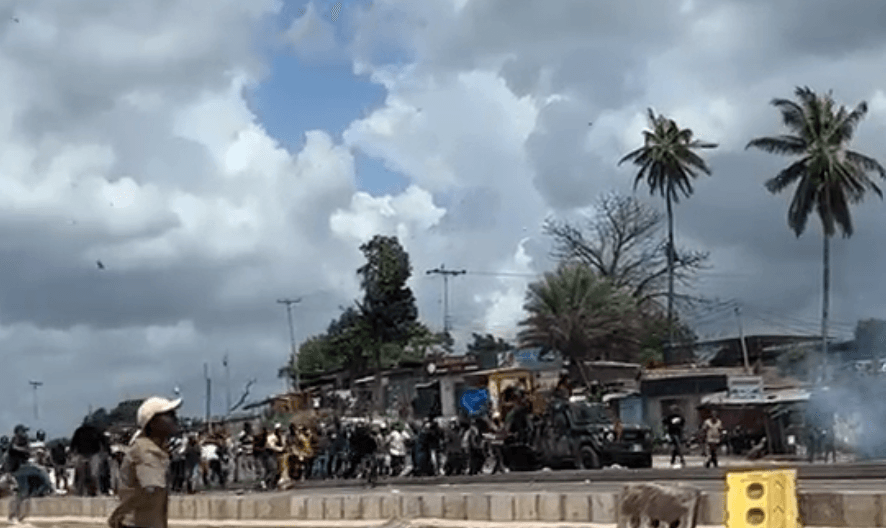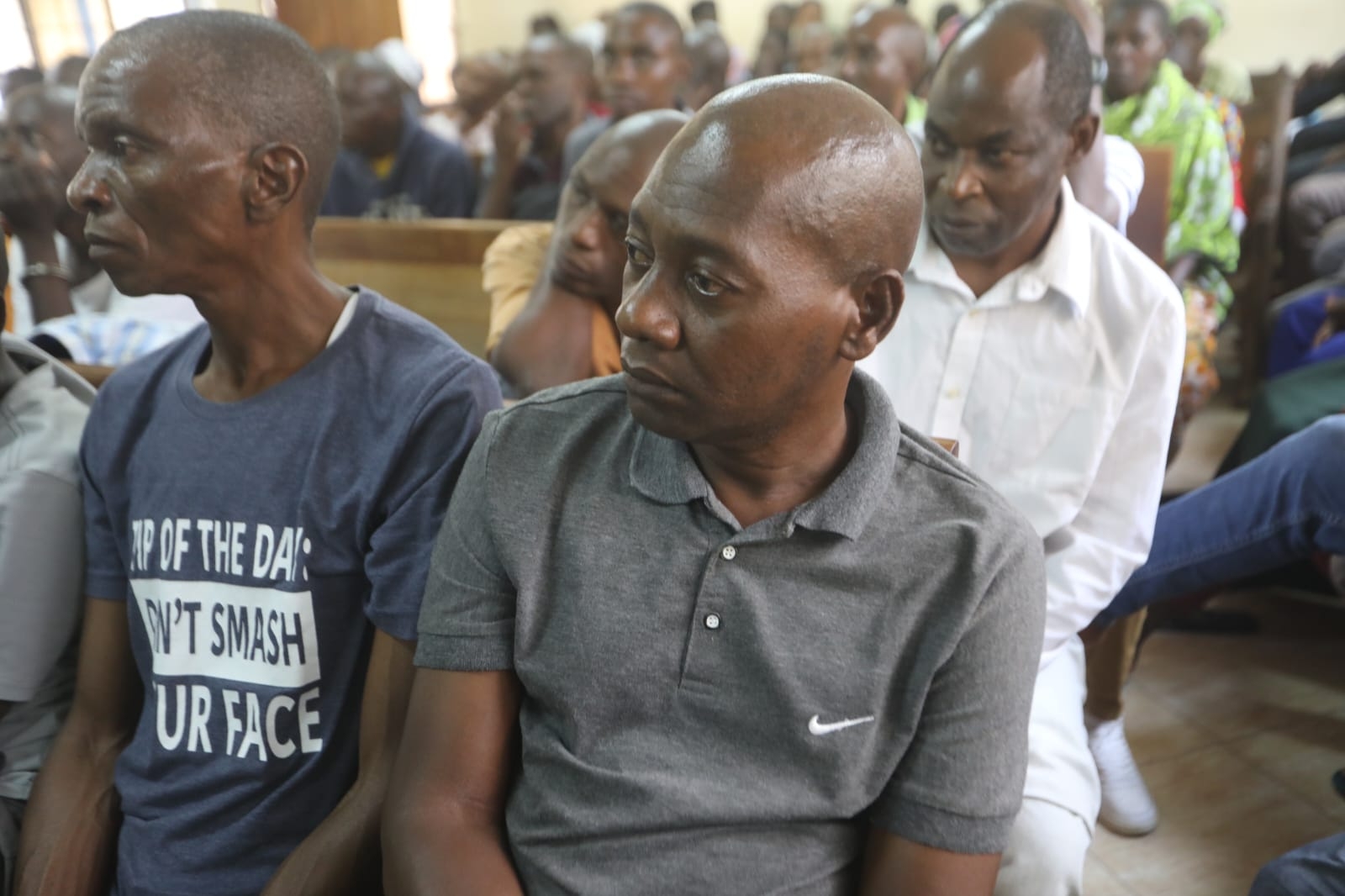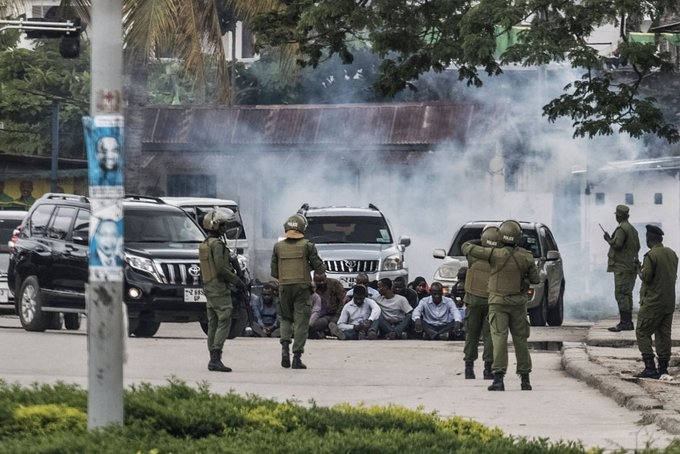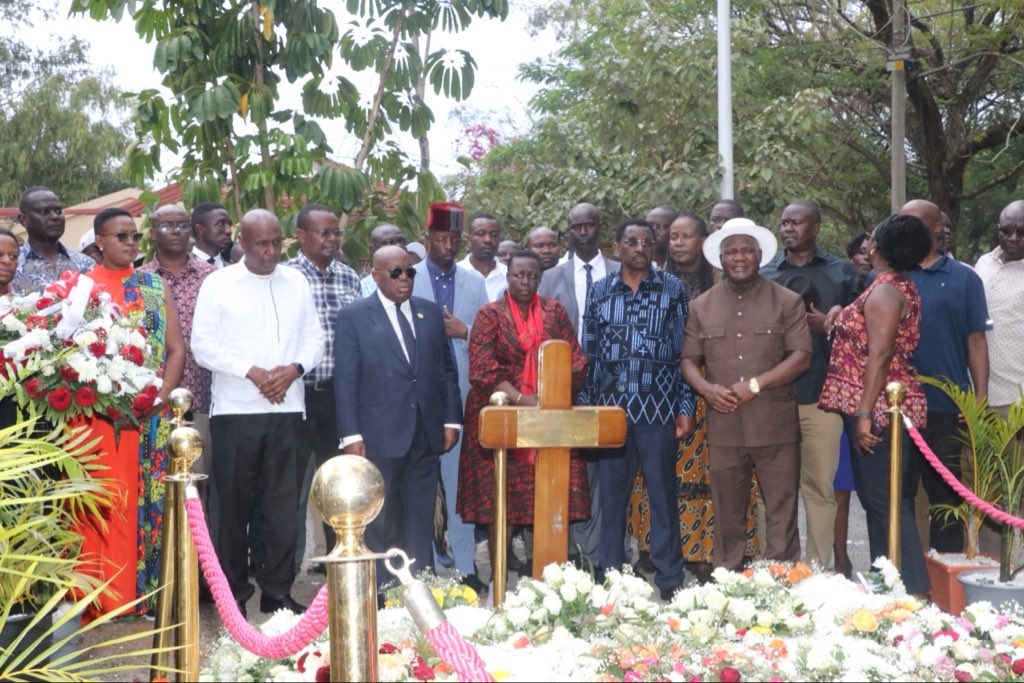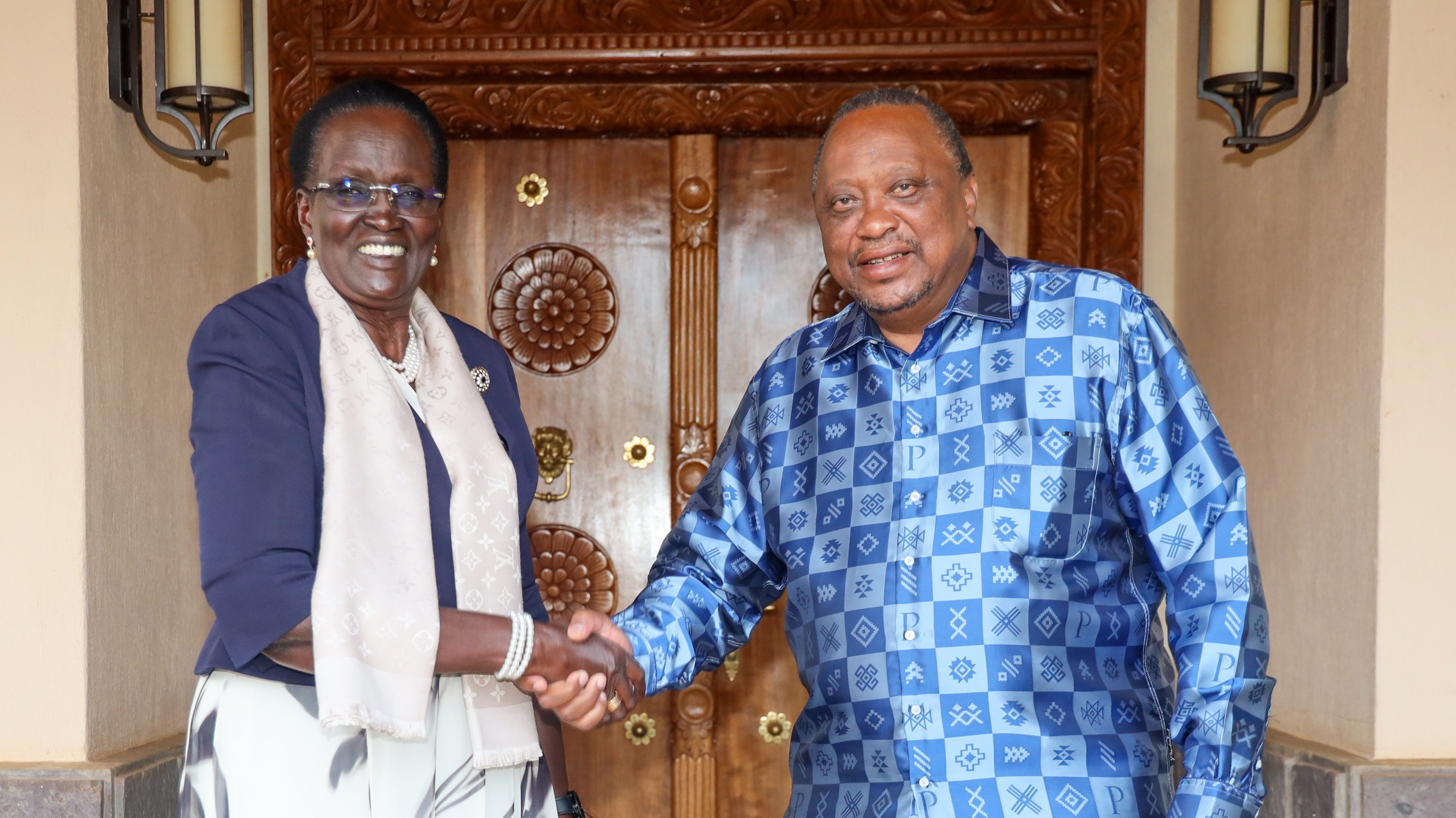The National Water Harvesting and Storage Authority has unveiled an ambitious plan to harvest and store 125 billion litres of water over the next three years.
The new target is up from the current 55 billion litres and will raise the national water coverage to 72 per cent for domestic, industrial and irrigation use.
The authority also plans to increase land under irrigation from 711,993 acres to 1.2 million acres to boost food security, create wealth and improve economic development.
“Water harvesting and storage will be critical for us to achieve this target. We plan to increase the water storage from 55 million cubic metres by 2027,” Irrigation PS Ephantus Kimotho said.
He spoke during a stakeholders forum to validate the water harvesting authority's plan.
Kimotho highlighted key projects to be implemented to realise the target.
He listed the Siyoi Muruny dam, which he said will produce 8.9 billion litres, Soin Koru dam (93 billion litres), Umaa dam (1.5 billion litres) Badasa dam (2.5 billion litres) and Bosto dam (18 billion litres).
Household rainwater harvesting is set to contribute one billion litres from a targeted population of 100,000 households.
From 360 small dams and pans, it seeks to collect 5.4 billion litres while 203 boreholes, which are set to be drilled and equipped for drought mitigation, will collectively produce 10 billion litres.
As part of plans to mitigate against floods in the country, the authority is set to construct and maintain 196 kilometres of dykes and 45 kilometres of river training structures.
"This is aimed at saving lives and protecting property in various parts of the country," Kimoth said.
The PS said water is an enabler of the government's bottom-up agenda. He said they are focused on ensuring its reliability for agriculture, MSMEs, affordable housing, digital and creative economy, health and combating climate change.
Authority's chairperson Symon Maina said the plan considered global development priorities and regional and national development frameworks.
He said the authority is cognisant of the challenges brought about by climate change hence the plan is tailored to respond to these challenges and the views of all stakeholders.
Council of Governors water committee chairperson Andrew Mwadime emphasised the need for more collaboration between the national and county governments in tackling the challenges of drought and floods.
"We are involved in the review of legal and policy frameworks, including, the National Water Policy and Water Transition Plans to ensure required legislation, regulations, systems and structures are in place through the intergovernmental initiatives and working groups," the Taita Taveta governor said.
National Water acting CEO John Muhia underscored its mandate of flood control explaining they aim to protect and save lives and property from the effects of floods and drought.
The chief executive officer said this would be achieved through the construction and maintenance of dykes and construction of 360 small pans, dams and drilling of 203 boreholes by 2027.
Other objectives are drought management, financial sustainability, institutional capacity for effective service delivery and enhancement of the sustainability of constructed water structures.
President William Ruto’s administration in its manifesto unveiled plans for mega dams, including the revival of those that were stalled by the Jubilee administration.
The plan involved constructing 263 dams at Sh500 billion across the country using the private sector under a public-private partnership.
The government, according to the plan, seeks to establish a large dam in each of the 47 counties.
Kenya Kwanza government earlier said it took the PPP route for the projects owing to the huge capital they require.
In the list is the Itare dam in Nakuru county whose works stopped after the contractor went broke, having done only 27 per cent of the Sh28 billion project.
The details show the designs for Kimwarer and Arror dams are complete, and the projects would cost about Sh33 billion.
In the new plan, the dams are expected to meet the water needs of 640,000 people, irrigate 13,000 acres and generate 60MW and 20MW of electricity, respectively.


